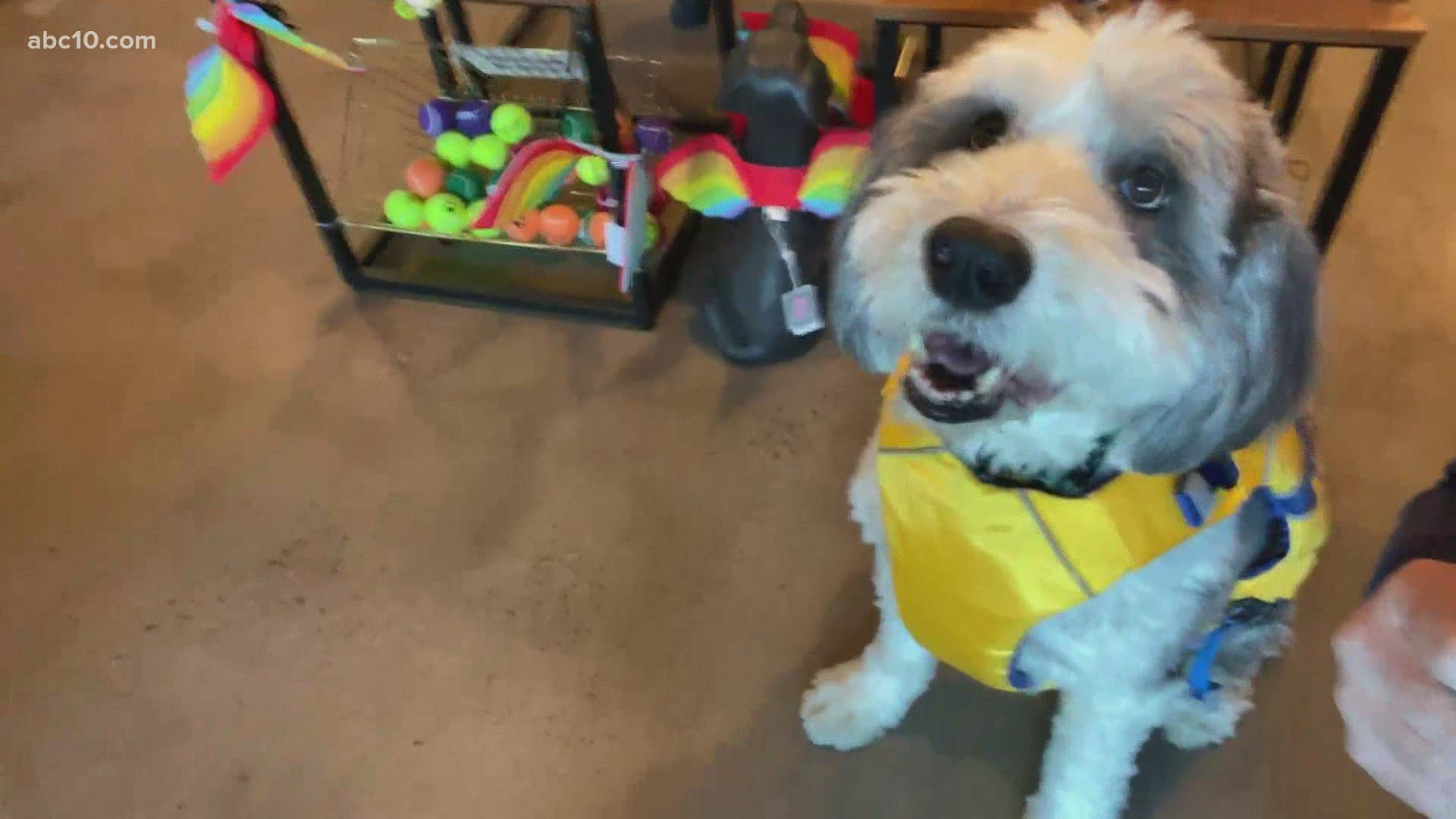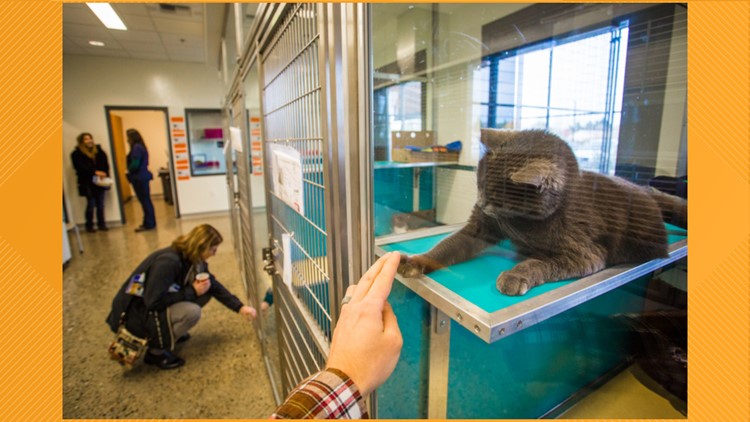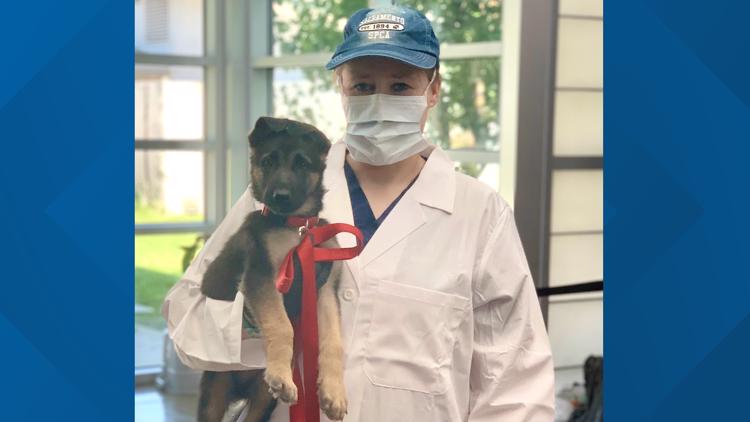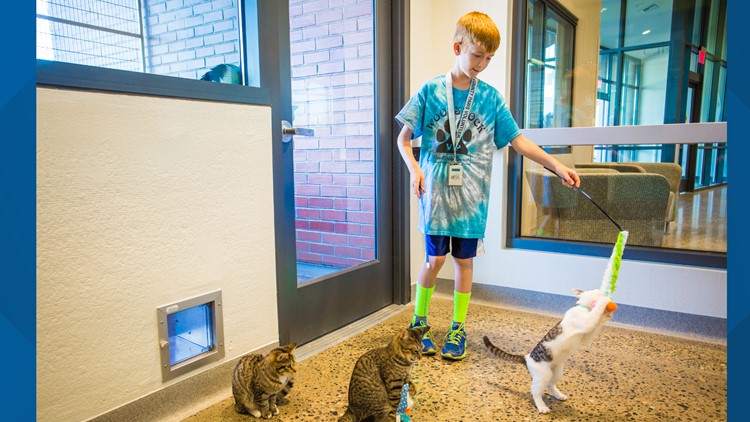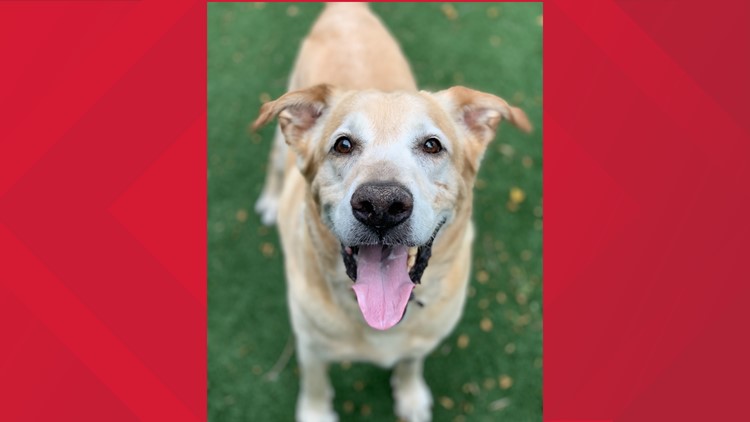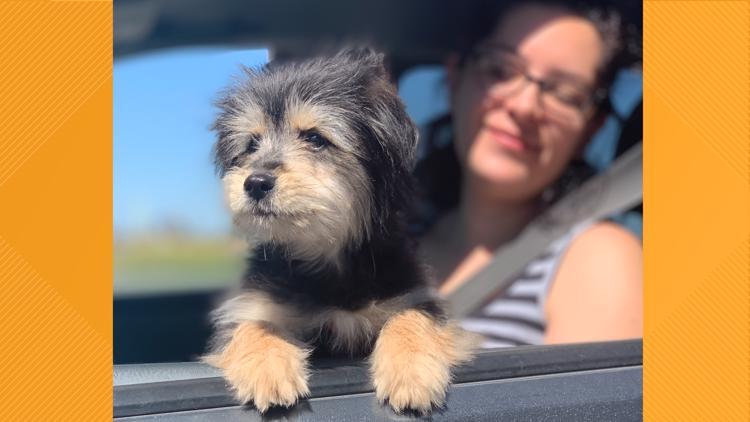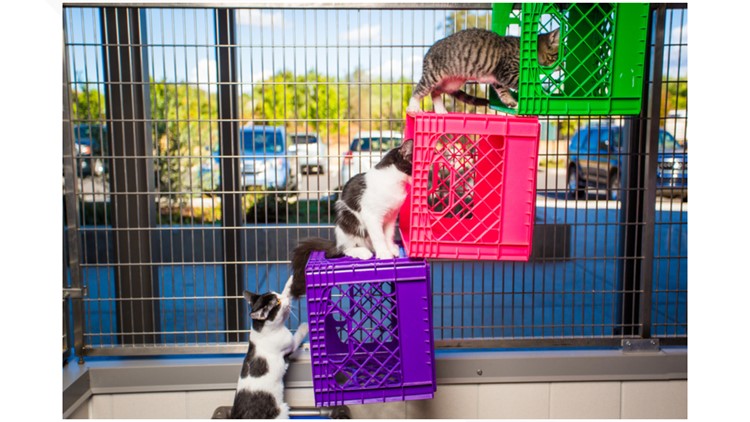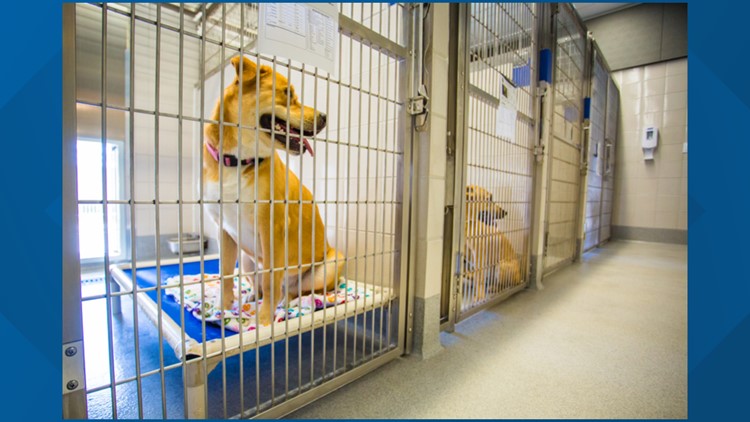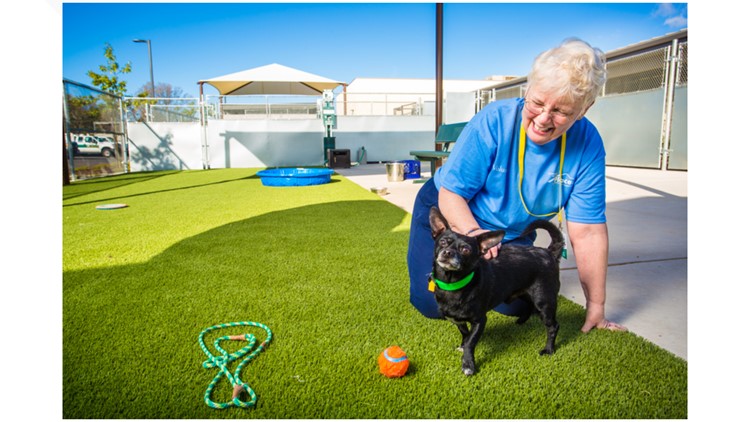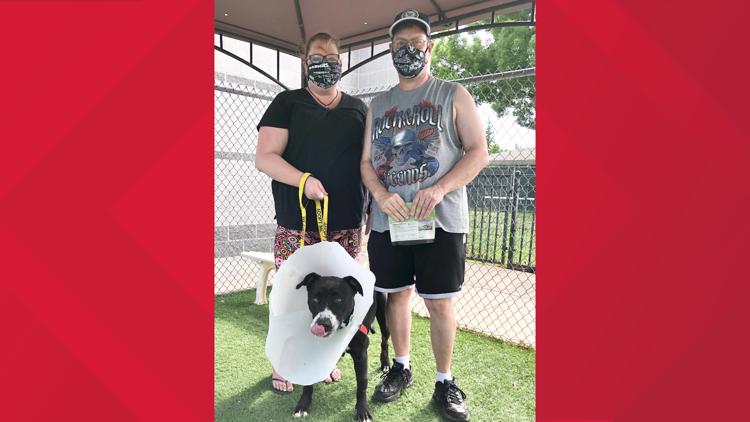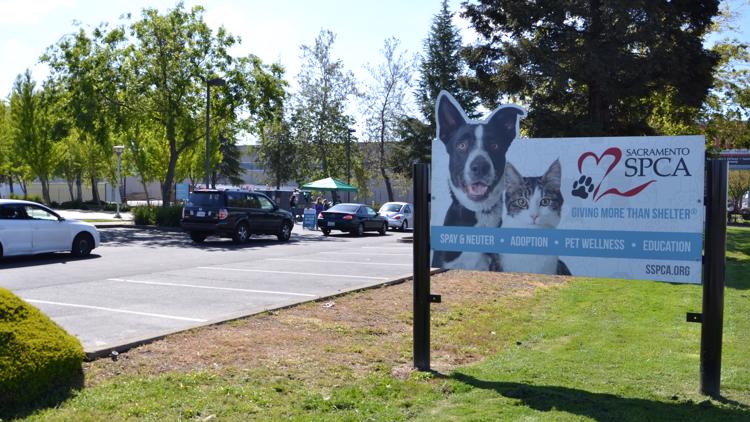SACRAMENTO, Calif. — The pandemic pounds problem is not just for humans. Pets could also be experiencing a little weight gain themselves.
For some people, working from home has meant more walks with the dog, playtime with the cat, and more one-on-one time in general with their pets. For others, it's meant more treats and maybe an extra cup of Kibble from time to time.
On the flip side, those who are returning to work might be wondering how fewer walks or playtime may affect their pet's weight.
Ilana Halperin, Doctor of veterinary medicines and UC Davis assistant professor, told ABC10 that the proportion of pet owners she's seen who are seeing weight gain versus weight loss in their pets is "a little bit split."
"We've definitely seen a few whose weight have crept up beyond a healthy level, but at the same time, I think I've seen just as many clients who, because they're home more and they have a little more flexibility in their schedule because they're working from home, they're able to take the dog on a walk more, or throw the ball a little bit," Halperin said.
An overweight pet could develop serious long term health problems. According to VCA Animal Hospital, for dogs and cats alike, obesity can cause:
- many types of cancer, diabetes mellitus, heart disease, and hypertension
- osteoarthritis and a faster degeneration of affected joints
- urinary bladder stones
- anesthetic complications as they are less heat tolerant
Halperin said that pre-pandemic, she would see a lot of clients who knew their pet had a weight problem, but who would tell her they "just don't have lots of time," to walk and exercise their animal to a healthy weight.
She explains that the overweight pet problem is "super common," and a lot of her patient population is overweight.
Animal shelters amid the pandemic: one year later
People who are returning to the workplace may be worried about not having enough time to exercise their pets, to which Halperin says pet owners shouldn't focus solely on fitness anyway.
"For those guys, honestly, reduction in food is more effective than exercise often anyway," Halperin said. "So if they don't have time to do a lot of walks and exercise, just cutting back the amount that they feed can be really helpful."
For those people who are continuing to work from home for the foreseeable future, there's one big change you can make to watch your pets weight: treat control.
"It's just a matter of keeping track of how many treats they're getting," Halperin said. "Our guideline is always try to keep treats to under 10% of their total caloric intake."
People may not know how to tell if their pet is overweight. Halperin says looking at the shape of your pet is everything. If you hold your hand flat, palm facing downwards, and can feel your knuckles when you touch the back of your hand, this is how your dog or cat's ribs should feel just behind the shoulder blades.
Halperin adds that many food or pet supply companies have charts and visual aides that can help people determine whether or not their pet needs to loss some weight.
"I think we're so used to seeing animals that are a little heavier, that when we see one at a healthy weight, we're kind of like, 'Ooh, that looks skinny,'" Halperin said. "But if you, if you can feel [the ribs]...like the bones on the back of your hand, the way you can kind of feel those...that would be a healthy thing to feel for ribs."
ABC10: Watch, Download, Read
WATCH MORE: Snake seen slithering across Northern California lake

